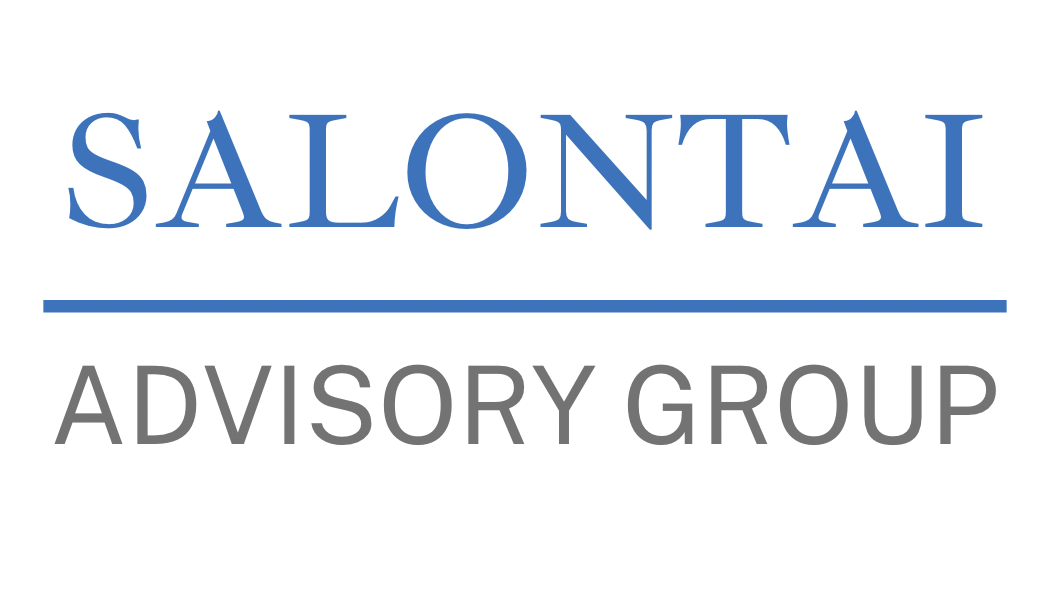Reducing Complexity
By Gerry Salontai
In an industry environment where change has become the norm, firm leaders must be proactive in promoting an organization of client-centered simplicity.
Reducing Complexity It seems the world is becoming faster paced and more complex by the day. External forces continue to reshape the landscape, which, in turn, makes companies continually re-evaluate their offerings and how they deliver them. Competitors continue to change, and this only adds to the pressure to keep up, while technology advancements move at light speed – thus making it increasingly difficult to decide what and when to adopt. All of this adds to the overall complexity that impacts leaders today, who are facing an increasing number of choices and decisions that impact the business. New strategies for growth, approaches to organize the company, ways to analyze the business, and opportunities to apply technology to deliver information in new and creative ways are just quick examples of choices that face leaders daily. It seems change is the norm of daily life.
But can a company get caught up in all this and adopt too much and thus change too much too quickly? Or is it possible that a firm can just get so complicated it actually functions less efficiently?
Leaders are certainly tempted today to adopt and change and thus succumb to much of this. Some, if not many, seem to add layer upon layer of complexity to their businesses while not appreciating that there are parts of our business that are so fundamental that trying to overcomplicate them can lead to less-than-desirable performance. No matter how complex the world gets, a few things remain the same. Here are some considerations to keep in mind while navigating though the ever-increasingly complex world we operate in:
1. A laser-focused client market strategy is even more important than in the past. Targeting the right market sectors or adding new capabilities while applying the company’s resources effectively is essential. At the same time, continually refreshing the strategy of the company is crucial. A company no longer has the luxury of putting together strategies and reviewing them only every three to five years. Continuous evaluation, flexibility, and adaptability is the order of the day.
2. This industry will continue to be a people-business – one that is built around clients. Having a client-centered focus allows a company to excel in delivery of its work product through deep client relationships is paramount to success. This requires placing your best on the front lines with clients and not tying their hands with administration of internal functions or activities. Anything that impedes or stifles the company-to-client relationship should be avoided like the plague.
3. Adopting new technology that creates value for the client should be given the priority. Delivering innovation and creativity and going that extra mile for the client is important to differentiation. Asking yourself “How will this benefit the client?” or “How can we deliver more value?” by adopting such technology should be the litmus test in the decision process. At the same time, it is important to answer the question “Will this ultimately benefit our shareholders?” If it doesn’t meet these tests, then resist doing it.
4. Keep the organization simple. Fight to reduce layers in the organization that will confuse staff and/or clients. Just because others seem to be moving to the latest new way to structure themselves doesn’t mean your company should. People will function best when they’re not encumbered with layers of complexity that slow things down, create bureaucracy, and apply undue burden. Conversely, providing a framework that allows easier access to get things done is paramount – whether its communication, client and/or staff interaction, or to facilitate project execution.
5. Promote a culture of business savvy entrepreneurs. Motivate and reward your people to serve the client well while building the business and returning acceptable profits to the company. Promote agility and lowest level decision-making for the benefit of the client and the shareholders. And don’t encumber or stifle employees’ ingenuity, creativity, or entrepreneurial spirit with complexity in terms of systems, rules, processes, and policies that must be followed. A simple framework and environment to flourish is important.
6. Vigilance in operating the business with an eye toward leaner operations with better and fewer metrics to monitor performance. Don’t get lost in the complexity of all the data one can derive from sophisticated project/financial accounting systems. This remains a pretty simple business, but one can get lost in the plethora of information and the complex spreadsheets that can be built. This business is largely about revenue, efficiency, overhead structure, and cash. Using just a handful of metrics that get to these with some that are forward-looking is all that’s needed.
Leaders today must champion change by adopting new approaches and technology while ensuring they operate a financially sound business that continues to build shareholder value. A key to this balance is to choose change that will enhance rather than dominate or mandate how things get done. Change is healthy in an organization as long as the rate of change of change is manageable – choose an evolutionary over revolutionary rate of change. And the focus of any growing company should be to “build infrastructure,” not “bureaucracy,” to support the firm’s long-term goals.
There are some key themes in this article to consider. Promoting focus, agility, creativity, or similar attributes while avoiding bureaucracy, death-by-data, and complexity is important. It might be helpful to compile a list of the “action words” you desire and the ones you want to avoid and use them in your decision-making process.
Just remember that we operate a simple business at its core that depends on getting work, doing it well, and getting paid for what you did. Keeping these thoughts in mind will help you sort through the complexity we face today.
